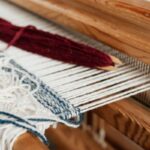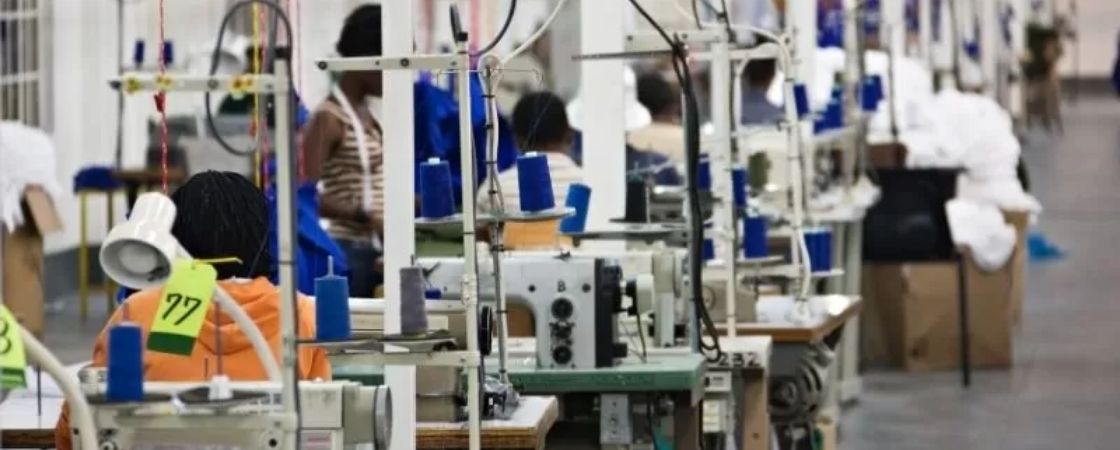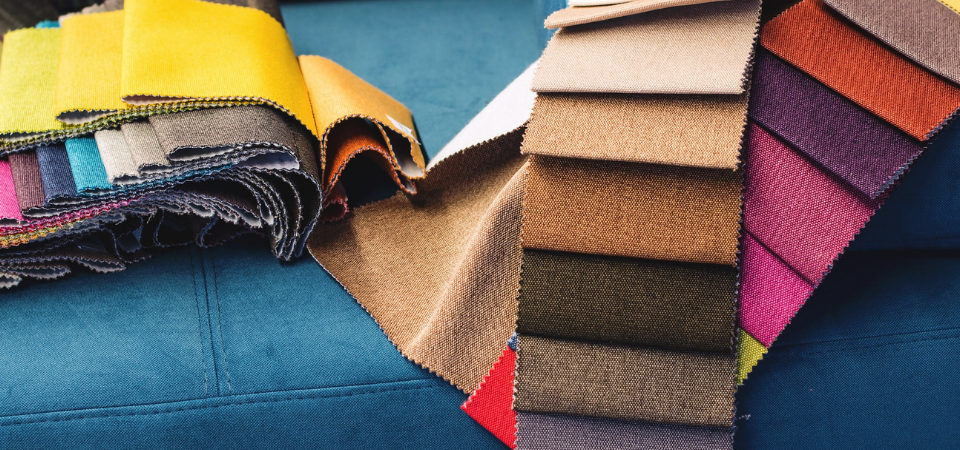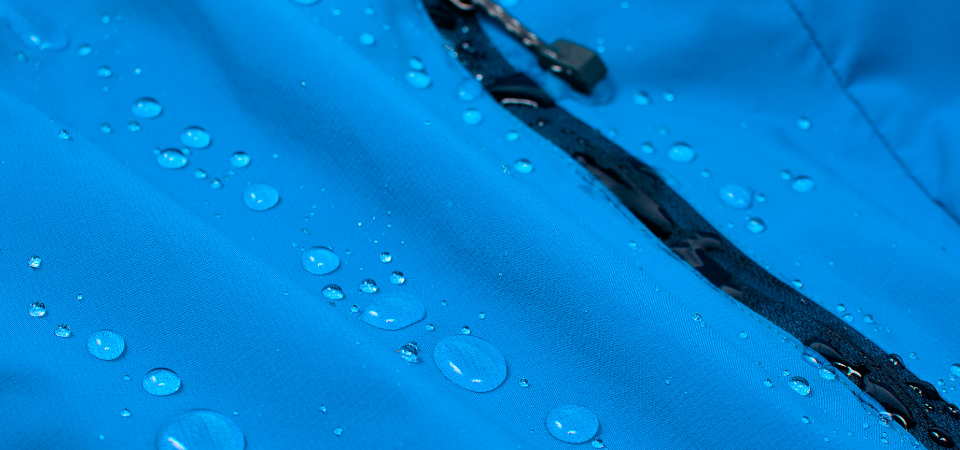
What Does Successful Supply Chain Risk Management Look Like?
November 9, 2023
A Deep Dive into Types of Weaves in Fabric
November 13, 2023Competition in the fast fashion industry is quite high, and companies are looking for many methods to meet demand and compete with competitors. One of the most effective methods is to follow textile technologies and adopt applications. This technology has a wide range of uses and emerges as a factor that speeds up and facilitates the process, both in production and in the supply chain. Performing manual operations through automation provides many advantages such as software and robotics used and a marked reduction in error margin, competitiveness, and rapid production. Why textile technologies is so important and their areas of use are discussed in this article.
What is Textile Technology and Why is it Important?
Textile technology refers to the use of technology and science in the design and production process, in a large range of fields from medicine to clothes. In the textile product to be produced in any field, there is the use of appropriate technologies that will maximize the properties of that product. For example, fireproof clothing for firefighters is a result of textile technology. IoT, artificial intelligence, data analytics, 3D technology, smart textile and AR/VR applications are technologies made and frequently used in this field.
Innovations to Support Sustainability in Textile Technology
As the year 2024 approaches, many textile innovations come to the fore. With these innovations, it supports sustainability in textile technology. Featured innovations and details are summarized as follows.
1. Novel Textiles
Any changes in raw material diversity and the emergence of new technologies also encourage the production of new materials. These materials are produced in an environmentally friendly manner and the textile industry tries to reduce the damage to the environment by this way. With the technology used, environmentally friendly, sustainable, fine, flexible, and easily machinable fibers are developed. In this way, the harmful effects of fibers produced by traditional methods on the ecosystem are reduced. Moreover, in addition to these properties, it also has non-traditional fibers such as data transmission and conductivity. Textile technology also manifests itself in textile products such as hydrophobic cotton and shape memory polymers. Novel textiles uncovers new materials that are innovative in all respects, suitable for large-scale production and sustainable.
2. Smart Textiles
Advances in technology are also reflected in textile products, and one of the most accurate examples of this is smart textile products. Smart textiles, which create a great innovation especially in the field of health, have become more imperative than an option. Many different IoT sensors are used in textile products, and mustache sensors collect data from the human body. These data consist of health and mobility data such as physical activity, sleep, and heart. With the further development of textile technology, it is expected that wash-resistant versions of smart textile products will also be produced.
3. Advanced Apparel Manufacturing
Textile technology is also of great importance for apparel manufacturing. The production phase of a textile product consists of many different stages and there is an intensive use of resources on each stage. Therefore, the negative environmental impact of apparel manufacturing is quite large. The use of technologies such as fast digital printing, ICT systems and computer-aided programs also limits resource use. All these applications used for automation and accuracy both facilitate many processes and reduce the damage done by the textile industry to the ecosystem. It also includes the most ideal applications to meet demand in industrial production.
4. Sustainable Supply Chain
The supply chain of the fast fashion industry is also unsustainable. With the technological developments in this field, applications such as reuse and recycling have also started to come to life. For example, the use of block chain-based technology creates an advantage in terms of transparency and accessibility. It facilitates many important actions such as reaching suppliers, performing stock control correctly and delivering on time.
5. 3D Technologies
3D technology is a technology that attracts many aspects. Prints made with 3D add another dimension to the textile product. Moreover, while doing this, it first visualizes the clothes in a virtual environment. It is very effective in areas such as the acceleration of production in industrial productions, the demand being fully met and the sales speed increased.
6. AI and Data Analytics
Artificial intelligence is one of the technologies that have been prominent in recent times and is also used in the field of textiles in so many ways. The use of AI and data analytics as a textile technology takes place in many different areas. It can be used in fields such as detecting defects in production and optimizing business processes. Artificial intelligence is also preferred to follow consumer behavior and get predictions about the market.
7. Immersive Fashion
Using immerse fashion like AR/VR provides many different advantages. This textile technology is used in different ways, such as reduction in waste generation, cost efficiency and online showroom, thanks to the transition from physical to digital environment.
The Role of Automation in Textile Industry
Automation in textile means that all manual work that takes place in the textile industry during the production and distribution phase is done through machinery and software. In this way, the efficiency in the textile industry increases and possible errors are minimized. Automation in textiles accelerates the process as well as competitiveness, so it has a great importance. For these reasons, it is gaining popularity day by day and is expected to be used in every textile company in the future. The combination of machines and software used for the fast fashion industry and automation is very important in terms of the development and progress of the industry. This textile technology is required to meet demand, produce fast and reduce costs in industrial productions.
What Technologies Do the Fabrics Have?
The development of technology is reflected directly in the textile field as well as in other areas. Although many innovations await us in the future, the technologies used today also make life significantly easier. Smart textile products are especially preferred by many people. This is because the fabrics have functional properties through textile technology. Fabrics such as stain-free fabrics, UV protection, thermal insulation, and combustion resistance are the result of technologies used today.
Robotics and Automation in Textile Technology
The competition created by garments is quite large, so it is necessary to follow the innovations in order to survive in the sector. Advanced technology is needed during the production and distribution stages, including the design of the textile product. This textile technology is provided through automation and robotics. Since the automation area is very wide, it is preferred with the aim of facilitating many works. Robotics are widely used in fabric processing, transporting the bypass, laser cutting and packaging. It is also very advantageous as it can do all these operations quickly and is suitable for industrial production. In addition, automation is often preferred in fabric control, cutting, sewing, and pressing. Among the textile technologies, robotics and automation are indispensable because they are not only successful in mass production but also in reducing errors in production.




